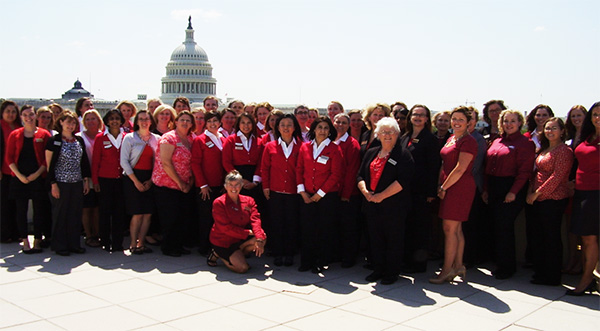How Mining Works
Mining is the extraction of valuable minerals or other geological materials from the earth from an orebody, lode, vein, seam, or reef, which forms the mineralized package of economic interest to the miner. Ores recovered by mining include metals, coal, oil shale, gemstones, limestone, dimension stone, rock salt, potash, gravel, and clay. Mining is required to obtain any material that cannot be grown through agricultural processes, or created artificially in a laboratory or factory. Mining in a wider sense includes extraction of any non-renewable resource such as petroleum, natural gas, or even water. Mining of stone and metal has been done since pre-historic times.
Modern mining processes involve prospecting for ore bodies, analysis of the profit potential of a proposed mine, extraction of the desired materials, and final reclamation of the land after the mine is closed. The nature of mining processes creates a potential negative impact on the environment both during the mining operations and for years after the mine is closed. This impact has led most of the world's nations to adopt regulations designed to moderate the negative effects of mining operations. Safety has long been a concern as well, and modern practices have improved safety in mines significantly. [REF]
Mining Phases:
- Exploration/Feasibilty
- Assessments/Approval
- Construction/Production
- Reclamation/Closure
- Sustainability/Community
How Metal Mining Works
How gold is produced at an active mine. (Nevada Mining Association)
Base metal mining - underground (Vale Mining Company)
Base metal mining - surface (Vale Mining Company)
Want to Understand How Coal Mines Work? Here is The Basic Kit. Abundant coal resources have been extracted, either from underground or from open pit mine throughout history and made the Industrial Revolution possible both in Western Europe and in the US. Coal has been the main source of energy in use from the 18th century to the 1950s. Coal is now bedrocking Chinese growth. Besides electricity generation, coal is also massively used in the metallurgical sector.
Coal, the Organic Rock - Coal differs from every other kind of rock in that it is made of organic carbon: the actual remains, not just mineralized fossils, of dead plants. Today the vast majority of dead plant matter is consumed by fire and decay, returning its carbon to the atmosphere as the gas carbon dioxide—it is oxidized. The carbon in coal, however, was preserved from oxidation and remains in a chemically reduced form, available for oxidation. (Read more)
How Uranium Mining Works - Like other metals, uranium occurs naturally in rocks on the Earth's surface and can be extracted through uranium mining. Miners originally discovered uranium alongside radium, another element that was used as glowing, decorative paint (at least until people realized its harmful, radioactive effects). Uranium hit the market as a decorative glaze before its nuclear properties were discovered. Read More
Uranium — How Is It Mined?
Uranium resources can be extracted from the ground in three ways: open pit, underground, and in-situ leach (ISL). (Read more

